Tag: oxygenation
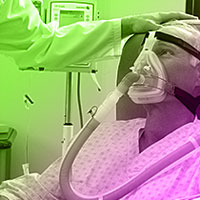
Spontaneous Breathing during Mechanical Ventilation. Risks, Mechanisms, and Management
Spontaneous respiratory effort during mechanical ventilation has long been recognized to improve oxygenation, and because oxygenation is a key management target, such effort may seem beneficial. Also, disuse and loss of peripheral... read more

Use of ‘tidal volume challenge’ to improve the reliability of pulse pressure variation
Fluid loading is usually the first step in the resuscitation of patients with acute circulatory failure. Fluid responsiveness is defined as the ability of the left ventricle to increase its stroke volume in response to fluid... read more
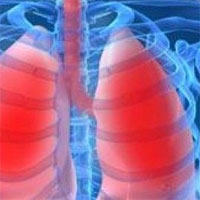
Effects of Neuromuscular Blockers on Transpulmonary Pressures in Moderate to Severe ARDS
Thirty patients were included, 24 with moderate ARDS and 6 with severe ARDS. NMBA infusion was associated with an improvement in oxygenation in both moderate and severe ARDS, accompanied by a decrease in both plateau pressure... read more

Severe Adult ARDS Prediction Models
Outcomes and survival prediction models for severe adult acute respiratory distress syndrome treated with extracorporeal membrane oxygenation. Although the use of ECMO for severe refractory ARDS has markedly increased since... read more
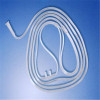
Apnoeic oxygenation via high-flow nasal cannula oxygen combined with non-invasive ventilation preoxygenation for intubation in hypoxaemic patients in the intensive care unit
A novel strategy for preoxygenation in hypoxaemic patients, adding HFNC for apnoeic oxygenation to NIV prior to orotracheal intubation, may be more effective in reducing the severity of oxygen desaturation than the reference... read more
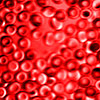
New non-invasive imaging method for showing oxygen in tissue
Learning how to look inside a body without having to cut it open is still an important part of medical research. One of the great challenges in imaging remains the visualization of oxygen in tissue.... read more
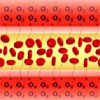
Assessing Tissue Oxygenation and Microvascular Reactivity in ICU Patients
Impaired microcirculatory perfusion and tissue oxygenation during critical illness are associated with adverse outcome.... read more




